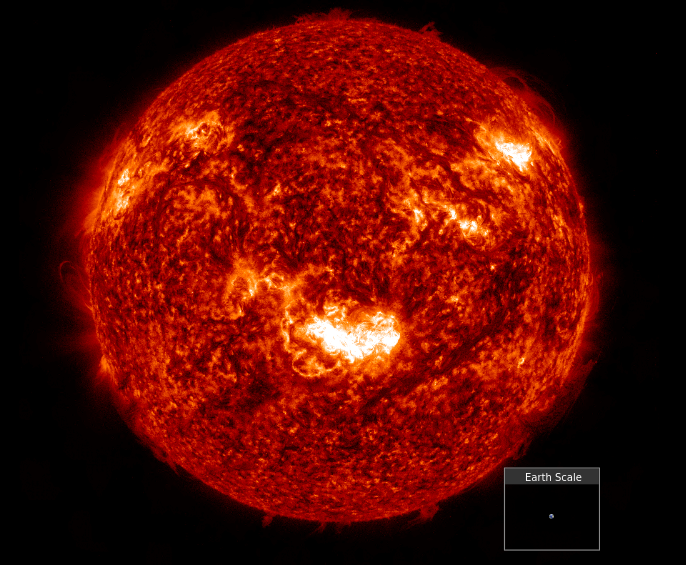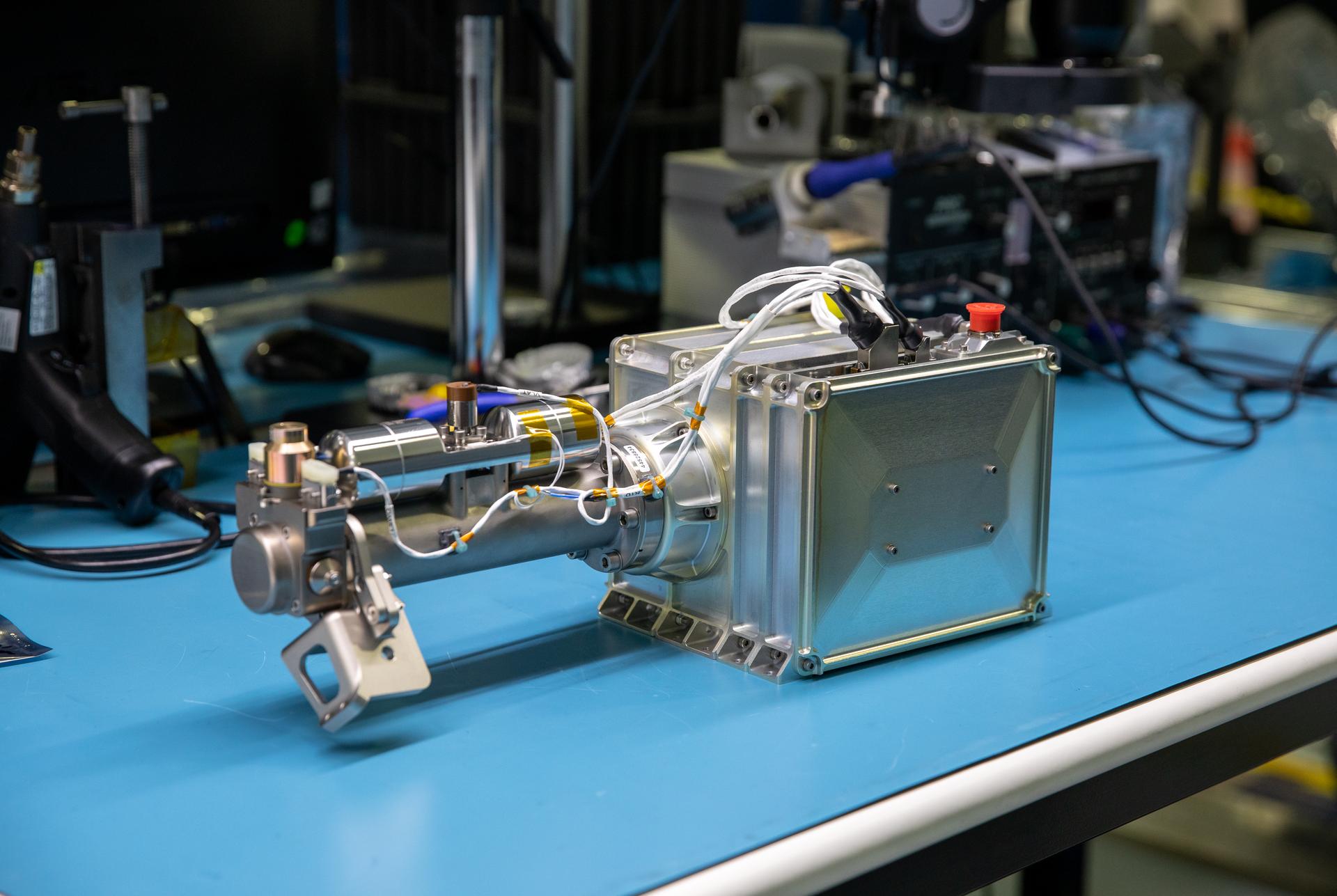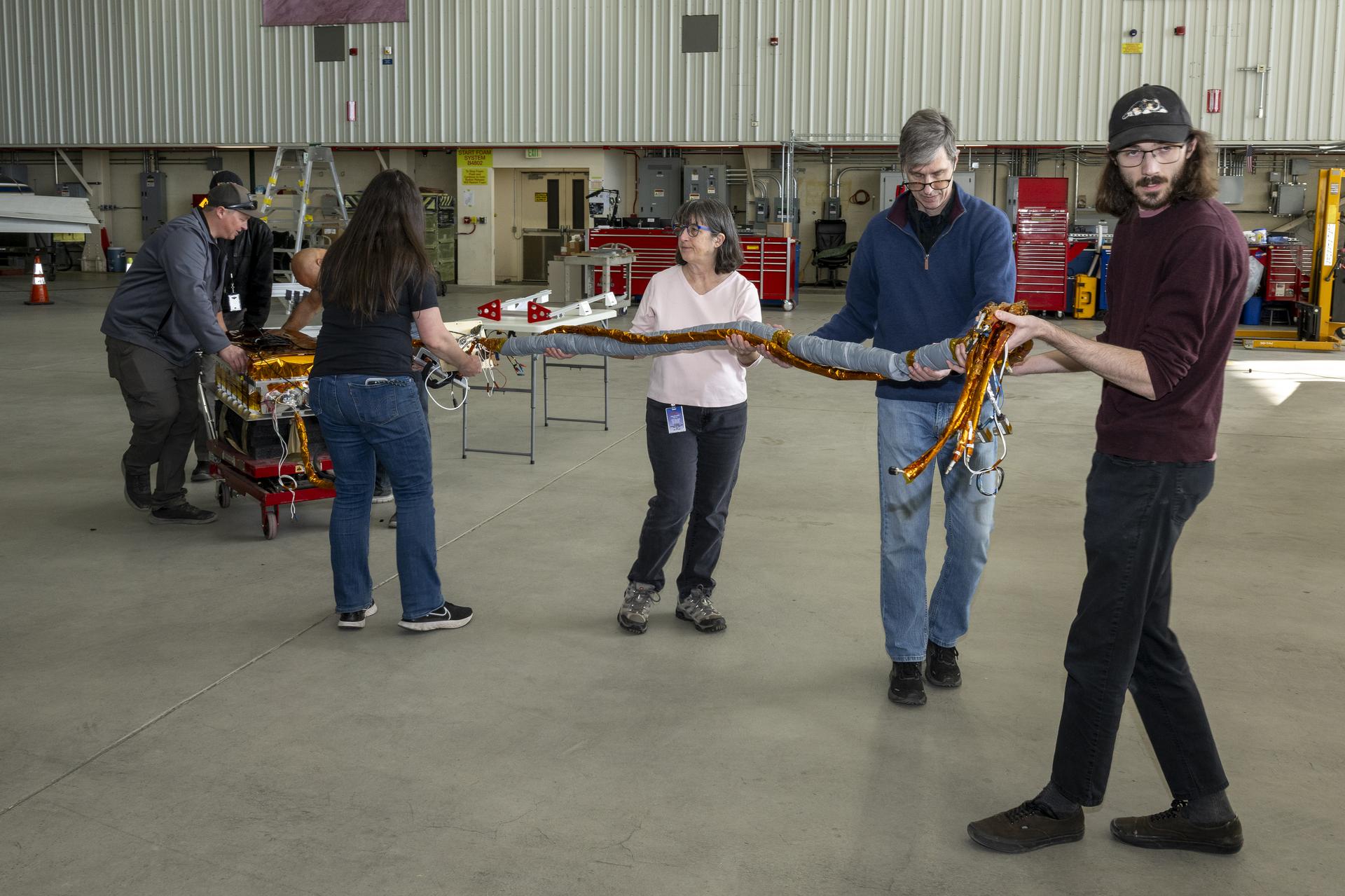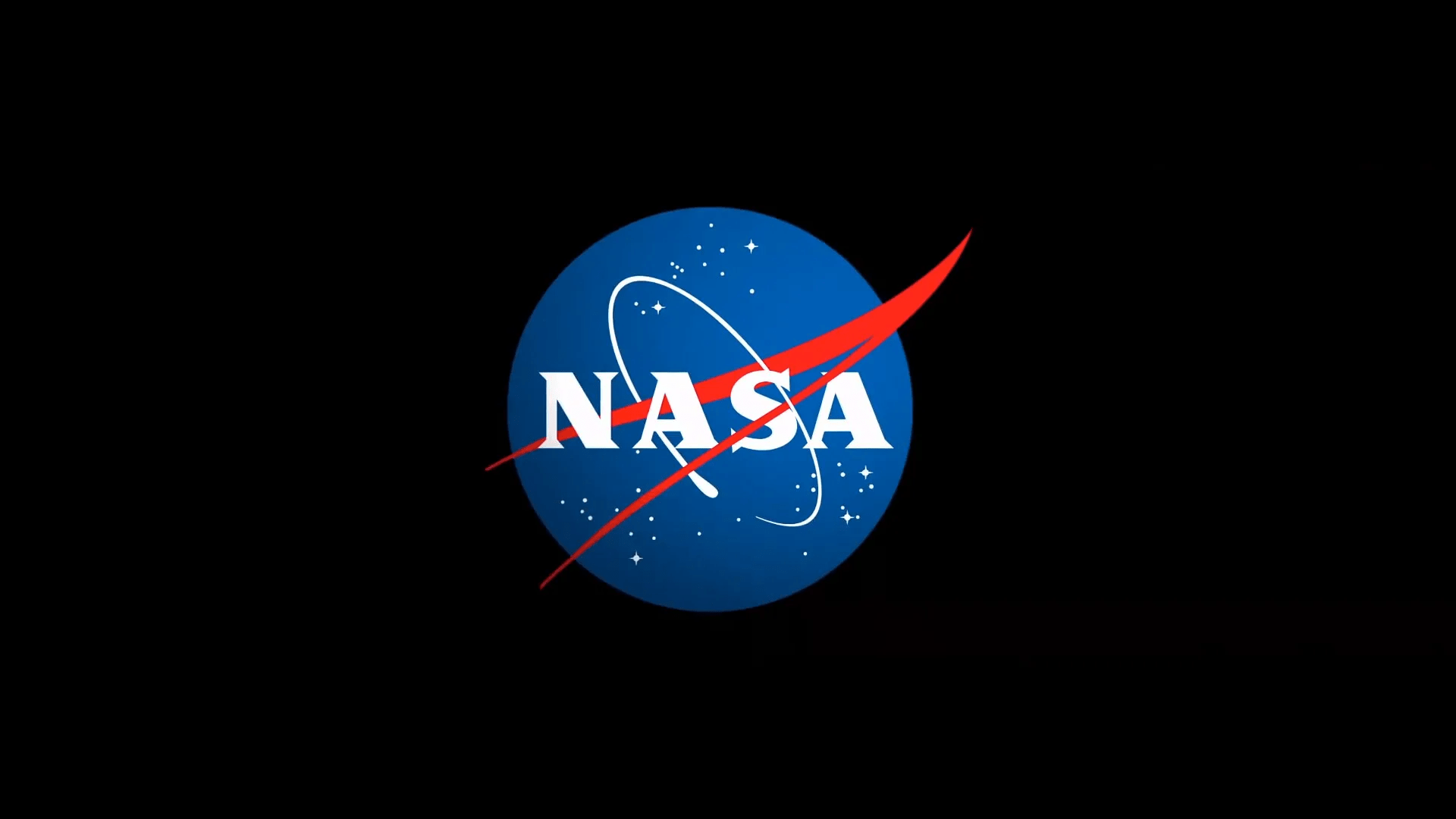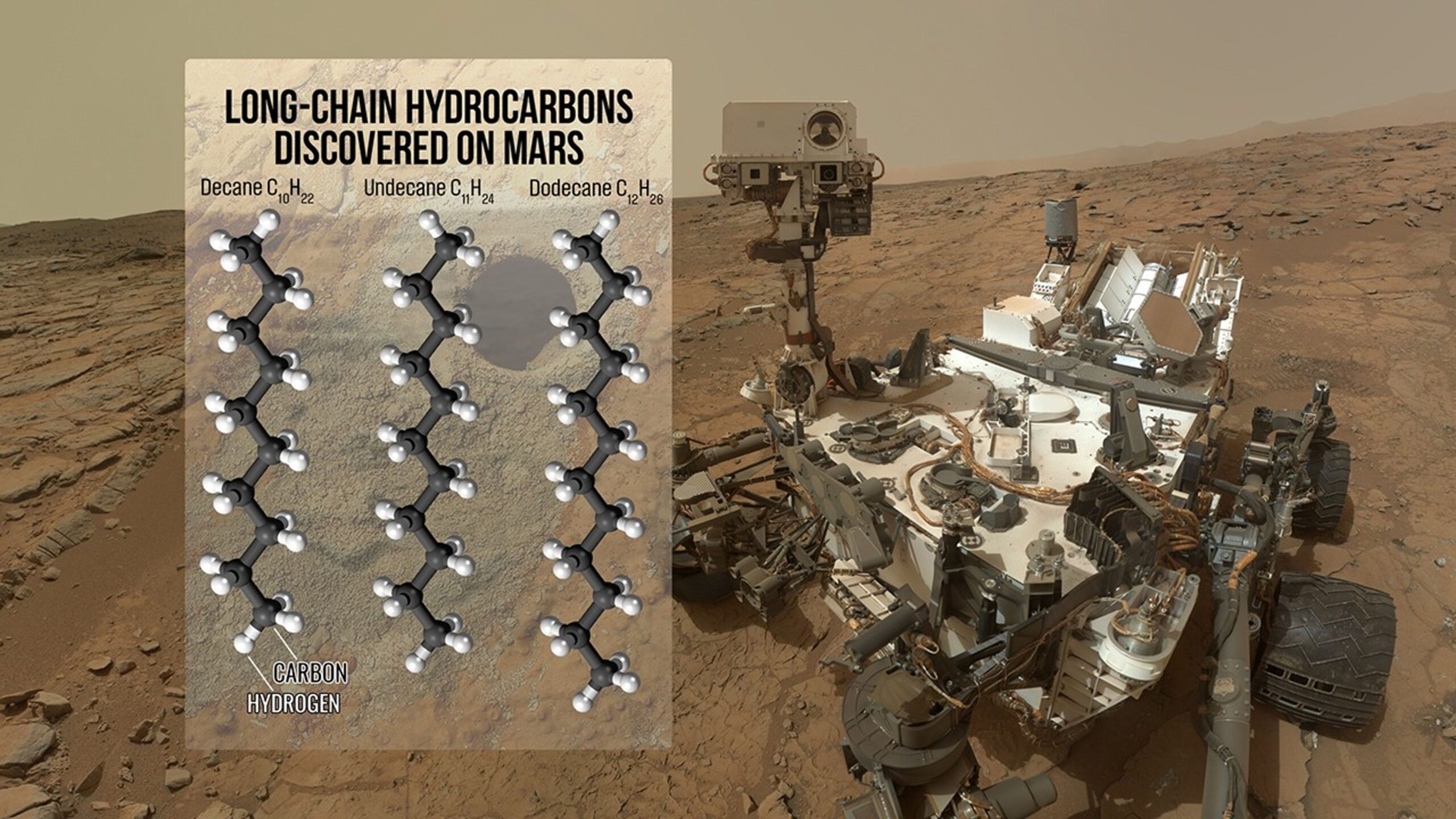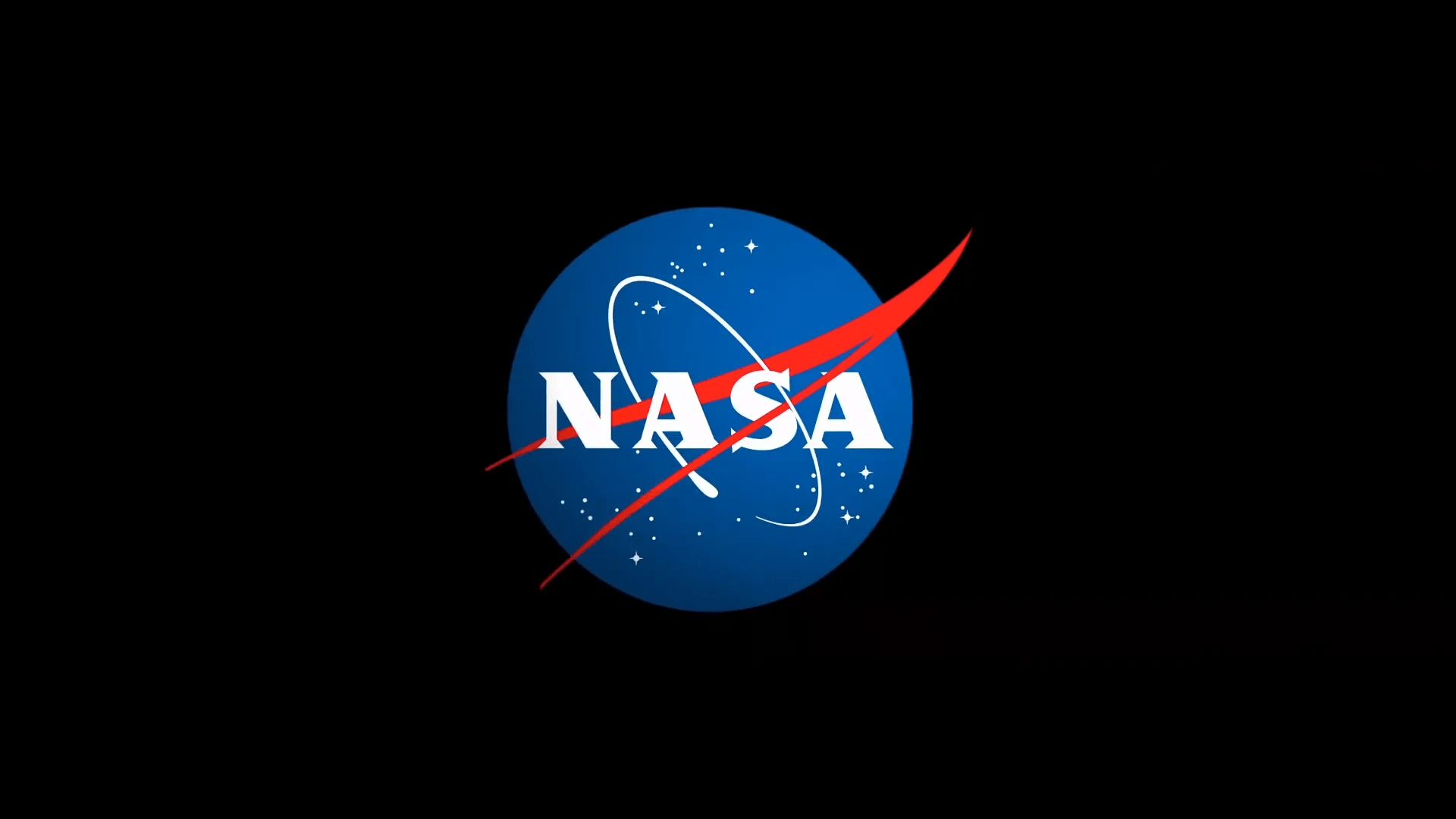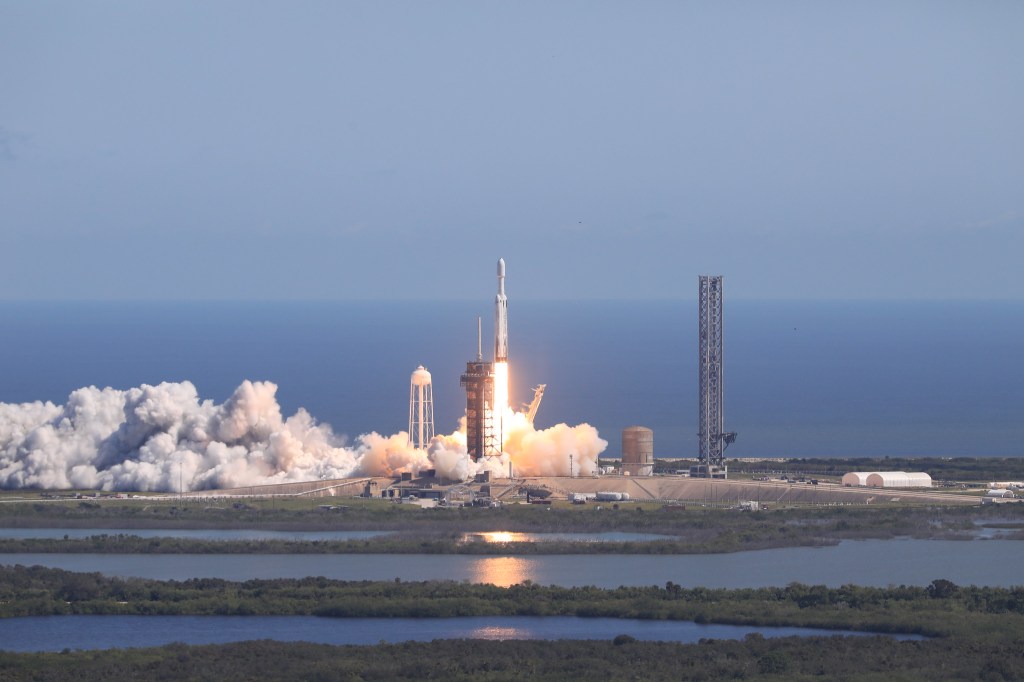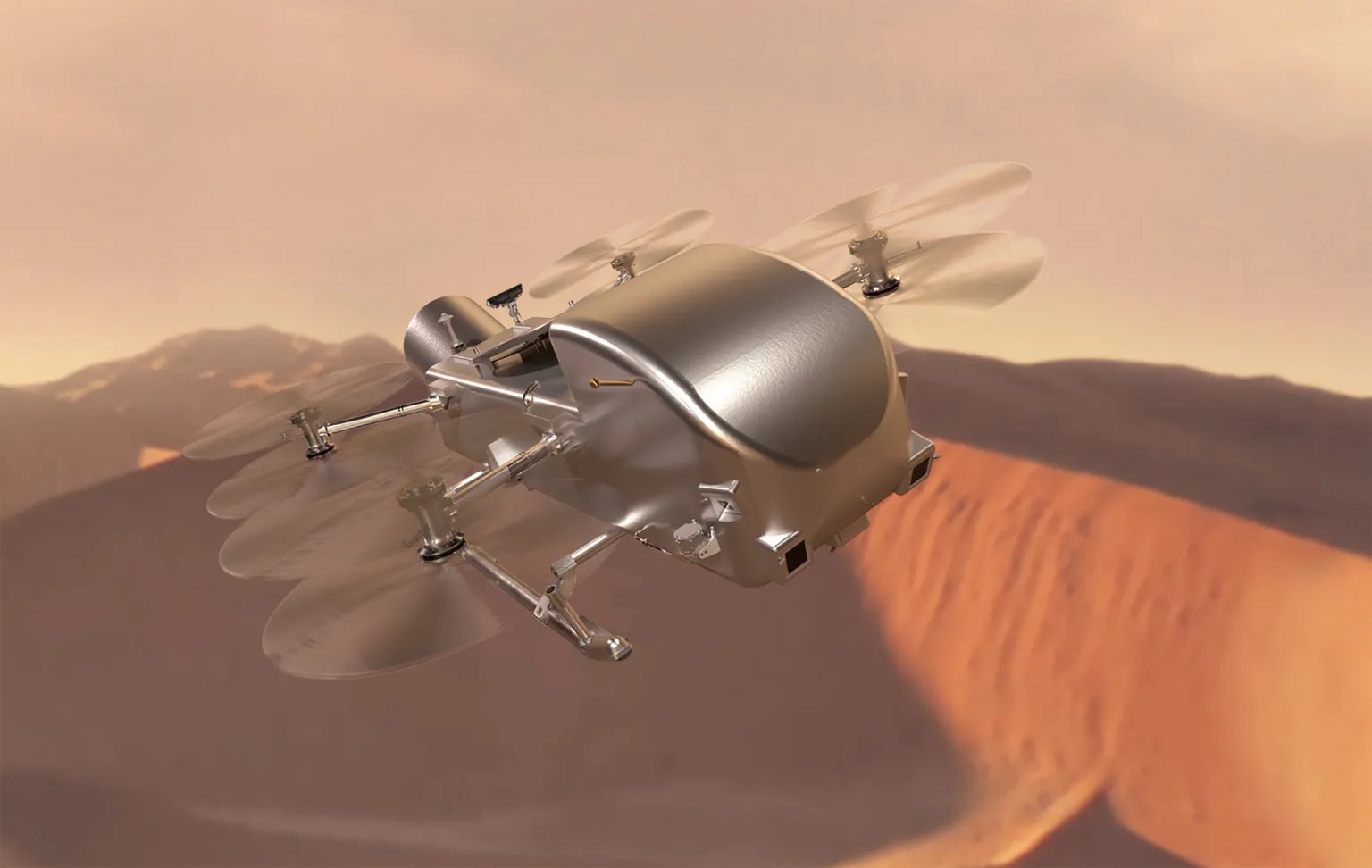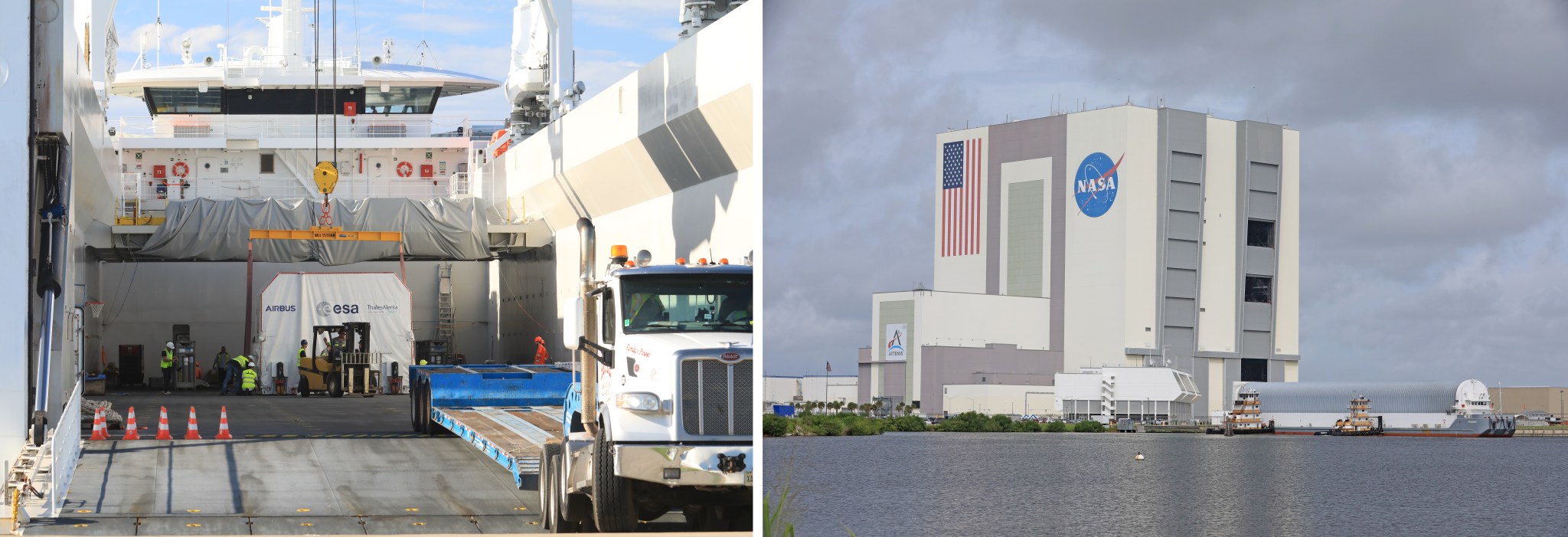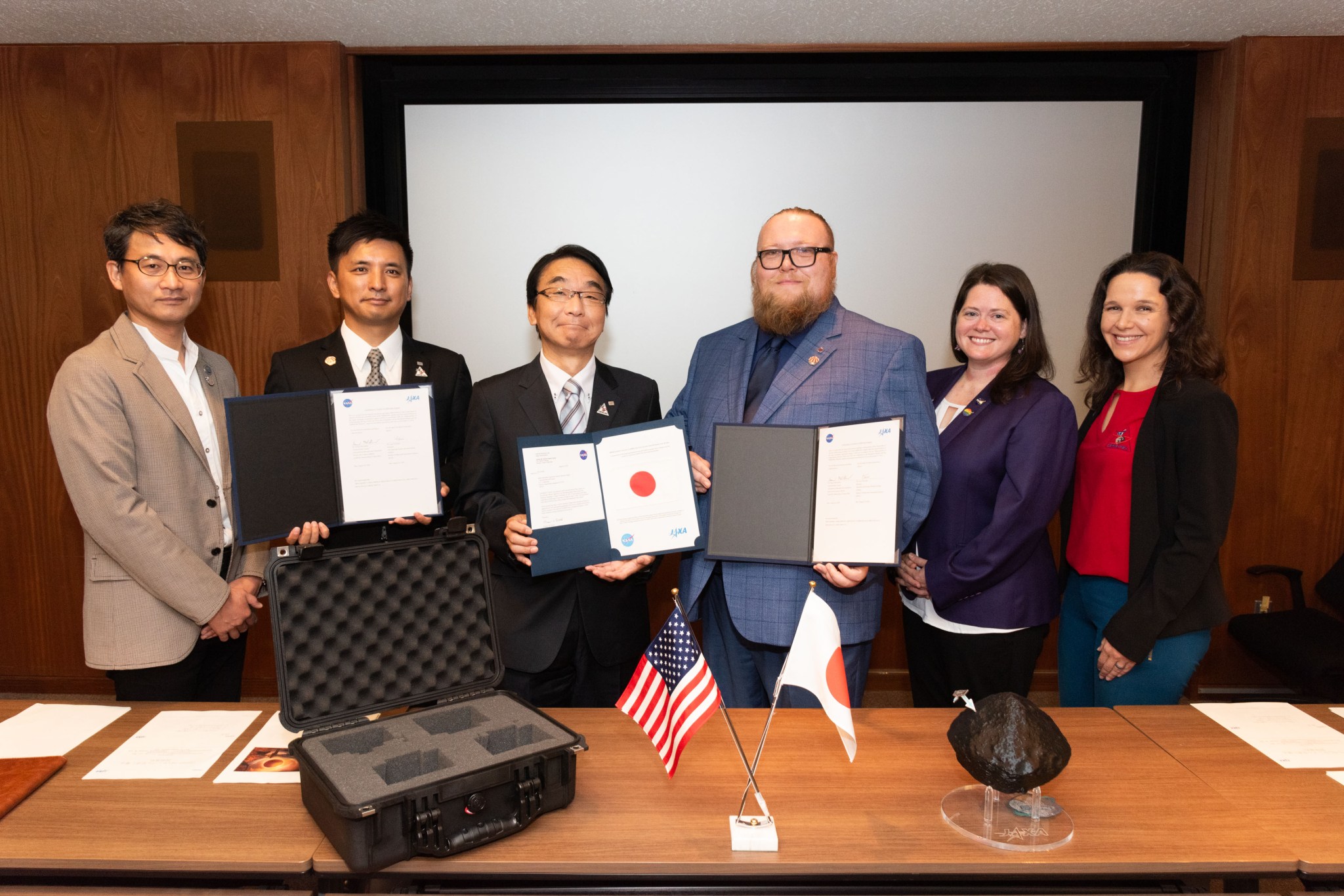6 min read What NASA Is Learning from the Biggest Geomagnetic Storm in 20 Years One year on, NASA scientists are still making huge discoveries about the largest geomagnetic storm to hit Earth in two decades, the Gannon storm. The findings are helping us better understand and prepare for the ways in which the Sun’s activity can affect us. On May 10, 2024, the first G5 or “severe” geomagnetic storm in over two decades hit Earth. The event did not cause any catastrophic damages, but it did produce surprising effects…
Read MoreTag: NASA Directorates
NASA Moon Observing Instrument to Get Another Shot at Lunar Ops
The Mass Spectrometer Observing Lunar Operations (MSolo) for NASA’s Volatile Investigating Polar Exploration Rover (VIPER) mission is prepared for packing inside a laboratory in the Space Station Processing Facility at NASA’s Kennedy Space Center in Florida on Feb. 21, 2023. MSolo is a commercial off-the-shelf mass spectrometer modified to work in space and it will help analyze the chemical makeup of landing sites on the Moon, as well as study water on the lunar surface. NASA/Kim Shiflett A NASA-developed technology that recently proved its capabilities in the harsh environment of…
Read MoreNASA Measures Moonlight to Improve Earth Observations
The airborne Lunar Spectral Irradiance (air-LUSI) instrument is moved across the hangar floor by robotic engineer Alexander McCafferty-Leroux ,from right to left, co-investigator Dr. John Woodward, NIST astronomer Dr. Susana Deustua, air-LUSI chief system engineer Dr. Kathleen “Kat” Scanlon, and members of the ER-2 ground crew at NASA’s Armstrong Flight Research Center in Edwards, California, in March 2025. NASA/Genaro Vavuris Flying high above the clouds and moon-gazing may sound like a scene from a timeless romance, but NASA did just that in the name of Earth science research. In March…
Read MoreNASA Awards Launch Services Contract for SpaceX Starship
NASA logo. NASA has awarded SpaceX of Starbase, Texas, a modification under the NASA Launch Services (NLS) II contract to add Starship to their existing Falcon 9 and Falcon Heavy launch service offerings. The NLS II contracts provide a broad range of commercial launch services for NASA’s planetary, Earth-observing, exploration, and scientific satellites. These high-priority, low and medium risk tolerant missions have full NASA technical oversight and mission assurance, resulting in the highest probability of launch success. The NLS II contracts are multiple award, indefinite-delivery/indefinite-quantity, with an ordering period through…
Read MoreNASA’s Curiosity Rover Detects Largest Organic Molecules Found on Mars
Researchers analyzing pulverized rock onboard NASA’s Curiosity rover have found the largest organic compounds on the Red Planet to date. The finding, published Monday in the Proceedings of the National Academy of Sciences, suggests prebiotic chemistry may have advanced further on Mars than previously observed. Scientists probed an existing rock sample inside Curiosity’s Sample Analysis at Mars (SAM) mini-lab and found the molecules decane, undecane, and dodecane. These compounds, which are made up of 10, 11, and 12 carbons, respectively, are thought to be the fragments of fatty acids that…
Read MoreNASA Selects Four Commercial Companies to Support Near Space Network
NASA has selected multiple companies to expand the agency’s Near Space Network’s commercial direct-to-Earth capabilities services, which is a mission-critical communication capability that allows spacecraft to transmit data directly to ground stations on Earth. The work will be awarded under new Near Space Network services contracts that are firm-fixed-price, indefinite-delivery/indefinite-quantity contracts. Project timelines span from February 2025 to September 2029, with an additional five-year option period that could extend a contract through Sept. 30, 2034. The cumulative maximum value of all Near Space Network Services contracts is $4.82 billion. Some…
Read MoreNASA Accelerates Space Exploration, Earth Science for All in 2024
With a look back at 2024, NASA is celebrating its many innovative and inspiring accomplishments this year including for the first time, landing new science and technology on the Moon with an American company, pushing the boundaries of exploration by launching a new mission to study Jupiter’s icy moon Europa; maintaining 24 years of continuous human exploration off the Earth aboard the International Space Station, and unveiling the first look at its supersonic quiet aircraft for the benefit of humanity. The agency also shared the wonder of a total eclipse…
Read MoreNASA Awards Launch Services Contract for Dragonfly Mission
Caption: Artist’s concept of Dragonfly soaring over the dunes of Saturn’s moon Titan. NASA/Johns Hopkins APL/Steve Gribben NASA has selected SpaceX to provide launch services for the Dragonfly mission, a rotorcraft lander mission under NASA’s New Frontiers Program, designed to explore Saturn’s moon Titan. The mission will sample materials and determine surface composition in different geologic settings, advancing our search for the building blocks of life. The firm-fixed-price contract has a value of approximately $256.6 million, which includes launch services and other mission related costs. The Dragonfly mission currently has…
Read MoreNew Hardware for Future Artemis Moon Missions Arrive at NASA Kennedy
On the left, the Canopee transport carrier containing the European Service Module for NASA’s Artemis III mission arrives at Port Canaveral in Florida, on Tuesday, Sept. 3, 2024, before completing the last leg of its journey to the agency’s Kennedy Space Center’s Neil A. Armstrong Operations and Checkout via truck. On the right, NASA’s Pegasus barge, carrying several pieces of hardware for Artemis II, III, and IV arrives at NASA Kennedy’s Launch Complex 39 turn basin wharf on Thursday, Sept. 5, 2024. Credit: NASA From across the Atlantic Ocean and…
Read MoreNASA Shares Asteroid Bennu Sample in Exchange with JAXA
As part of an asteroid sample exchange, NASA has transferred to JAXA (Japan Aerospace Exploration Agency) a portion of the asteroid Bennu sample collected by the agency’s OSIRIS-REx mission. The sample was officially handed over by NASA officials during a ceremony on Aug. 22 at JAXA’s Sagamihara, Japan, campus. The signature exchange for the Bennu sample transfer took place on Aug. 22, 2024, at JAXA’s (Japan Aerospace Exploration Agency) Institute of Space and Astronautical Science, Sagamihara Campus. JAXA This asteroid sample transfer follows the November 2021 exchange where JAXA transferred…
Read More